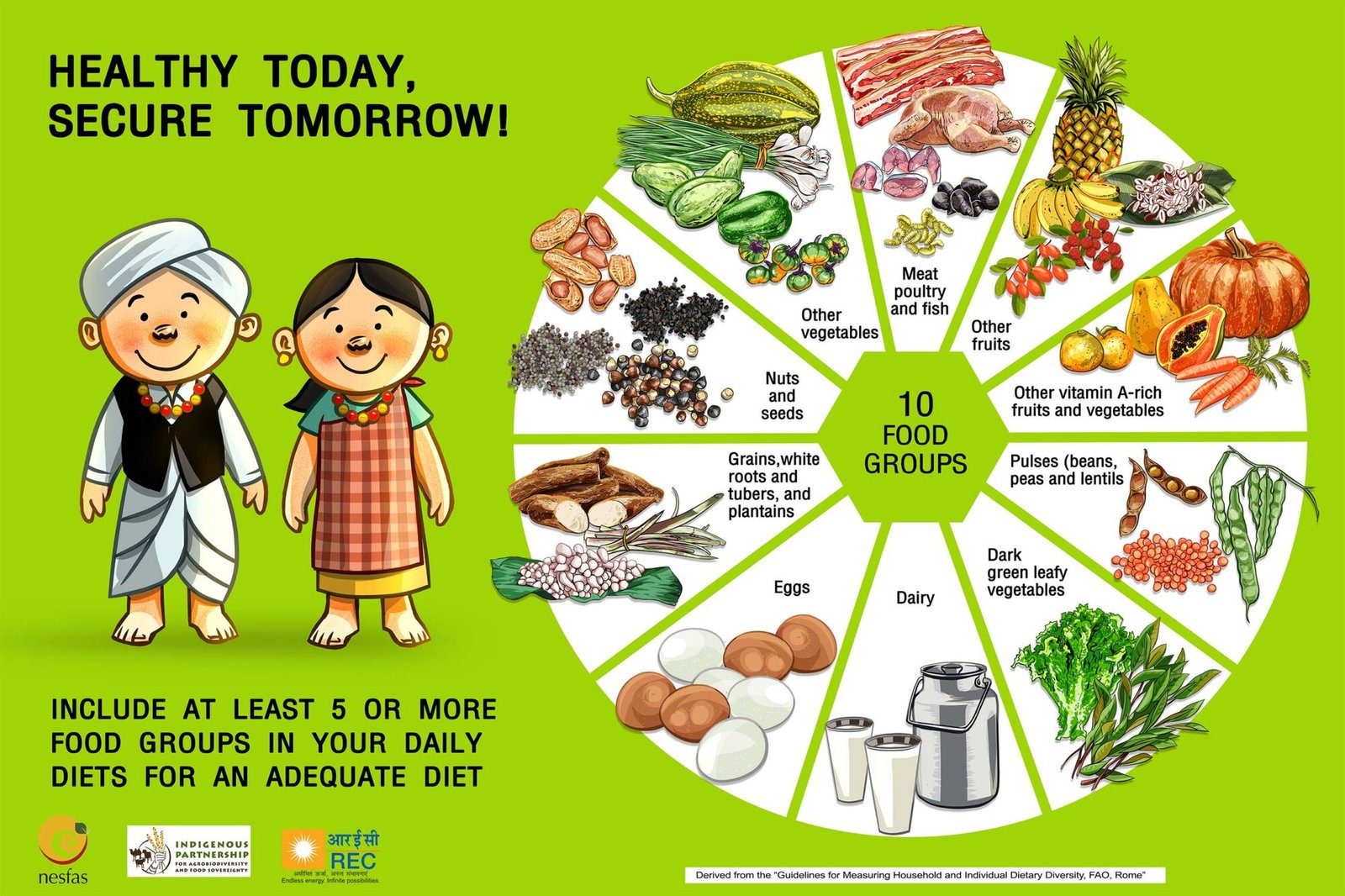Through research NESFAS attempts to make a contribution towards the body of knowledge around issues of agrobiodiversity, agroecology and hopes to become a important contributor towards revitalisation and strengthening of indigenous food system and also support the other branches of the organization such as agroecology, livelihood, climate change resilience of communities and other related areas.
In the context of Meghalaya and Nagaland, a study was conducted to understand nutritional status of children and women in the context of high biodiversity in the region; North East India belongs to the Indo-Burma centre of origin according to Nikolai Vavilov’s classification.
To view studies, click links below:
- Nutritional status, food insecurity, and biodiversity among the Khasi in Meghalaya, North‐East India.
- Mother and child nutrition among the Chakhesang tribe in the state of Nagaland, North‐East India
Bamboo being an important resource and bamboo weaving has been an art and livelihood for people in the region have been engaged with bamboo weaving for their household goods as well as for the markets. A case study to understand bamboo weaving was conducted by NESFAS. View case study.
Known for its rich biodiversity, the region is one of the few regions in the country where one of the most ancient forms of agriculture, shifting cultivation/jhum is still being practised. This system is well known for harbouring a high degree of agrobiodiversity and has an intimate connection with the forest from which community collect a lot of food plants as well. Alongside jhum the communities practise other farming systems as well, viz., settled cultivation (paddy and non paddy based), plantation (traditional as well as modern cash crops), homestead gardening, agroforestry augmenting the agrobiodiversity that is available to the people. At the same time, the same pressures that beset indigenous communities around the world, viz., erosion of indigenous farming systems, loss of indigenous varieties and breeds, changes in diet, privatisation of common property resources (CPRs) leading to increasing marginalisation, increasing food insecurity, ecological disturbance among others. These threats have grave implications for sustainability of local ecology, society, polity and economy, are also plaguing the indigenous communities of North East India. In this context, NESFAS has conducted a Participatory Mapping of Plant Resources which are mostly edible. A book on agrobiodiversity of Meghalaya is in the pipeline. Similar participatory mapping exercises was conducted for edibles to be included in the mid day meals in 5 villages.
A Dietary Diversity Survey was conducted in 32 villages in Meghalaya and Nagaland to understand the diversity of diets of the people. There is almost an inverse relationship between the level of agrobiodiversity present in the villages and the diversity of food on the plate. It was found that the average diversity score is 4 out of 10 food groups. NESFAS has adopted the 10 food groups from the FAO Minimum Dietary Diversity.

Approach to Research:
NESFAS has adopted the participatory action research, conducted in collaboration with the local community and informing and assisting interventions designed for achieving specific objectives. Ongoing work on Pest Management & Soil Health is being conducted with the Agroecology Learning Circles in different villages. Read article: Agroecology and Indigenous Farmers of Meghalaya
There is much research that is also conducted by various researchers in different universities and institutes. However, most of this technical knowledge is not translated to be understood common people. NESFAS is bridging this gap by creating IEC materials using nutritional data or even writing in local newspapers for larger awareness. These include both English and in vernacular language, Khasi or Garo.
Read articles in links below:
- Agroecology and Indigenous Farmers of Meghalaya-Khasi
- Agroecology and Indigenous Farmers of Meghalaya
- Agroecology Learning Centre: Respecting Indigenous Knowledge
- Burom ïa ka jingstad tynrai ki nongrep
- Farmers Market
Another approach that NESFAS takes is to highlight local people’s traditional knowledge and wisdom. This knowledge has been documented in the form of stories have been written and circulated in local dailies.
Read more articles by clinking on the links below:
